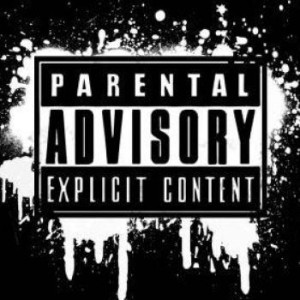Tags
Related Posts
Share This
When We Became Hip Hop
The history of West Coast Hip Hop is about to be well chronicled in the new NWA biopic. Controversy has already surrounded the production, from the casting ads to drive bye shootings. But would one expect anything less?
Lets explore the era. Colors starring Sean Penn and Robert Duval first put Los Angeles Hip Hop Culture on worldwide display. We watched as Eric “Eazy-E” Wright brought an automatic weapon into their first televised interview. We bopped our heads when King Tee scooped up three MC’s from the Valley, J-Ro, Tash and Swift of Tha Alkaholiks. There was one thing that was for sure, Hip Hop outgrew it’s fad-phase and slowly became the social norm.
Fast forward to 1993. Tagging crews have infiltrated suburbia. The pants are sagging. The 40‘s of “OE” are all the rage of Sherman Oaks high school parties. Hundreds watched in awe as the 13 year old DJ Lil Beau wrecked shop and annihilated the scratch and mix sets across the San Fernando Valley. Hip Hop went from the frustrated outcast of society to the cool kid. Caucasians spoke with ‘Blaccent’ (see “Kids“).
Call it anything but nostalgia. The truth is certain: Hip Hop changed our lives. Ours. It evolved as we evolved. It is subtle but few notice the difference between rap and Hip-Hop. Nas said that Hip-Hop was dead. Rap is alive and well, so is mediocrity. Will the NWA Biopic resurrect the real? Or will it sugarcoat our new half-truths?







Recent Comments